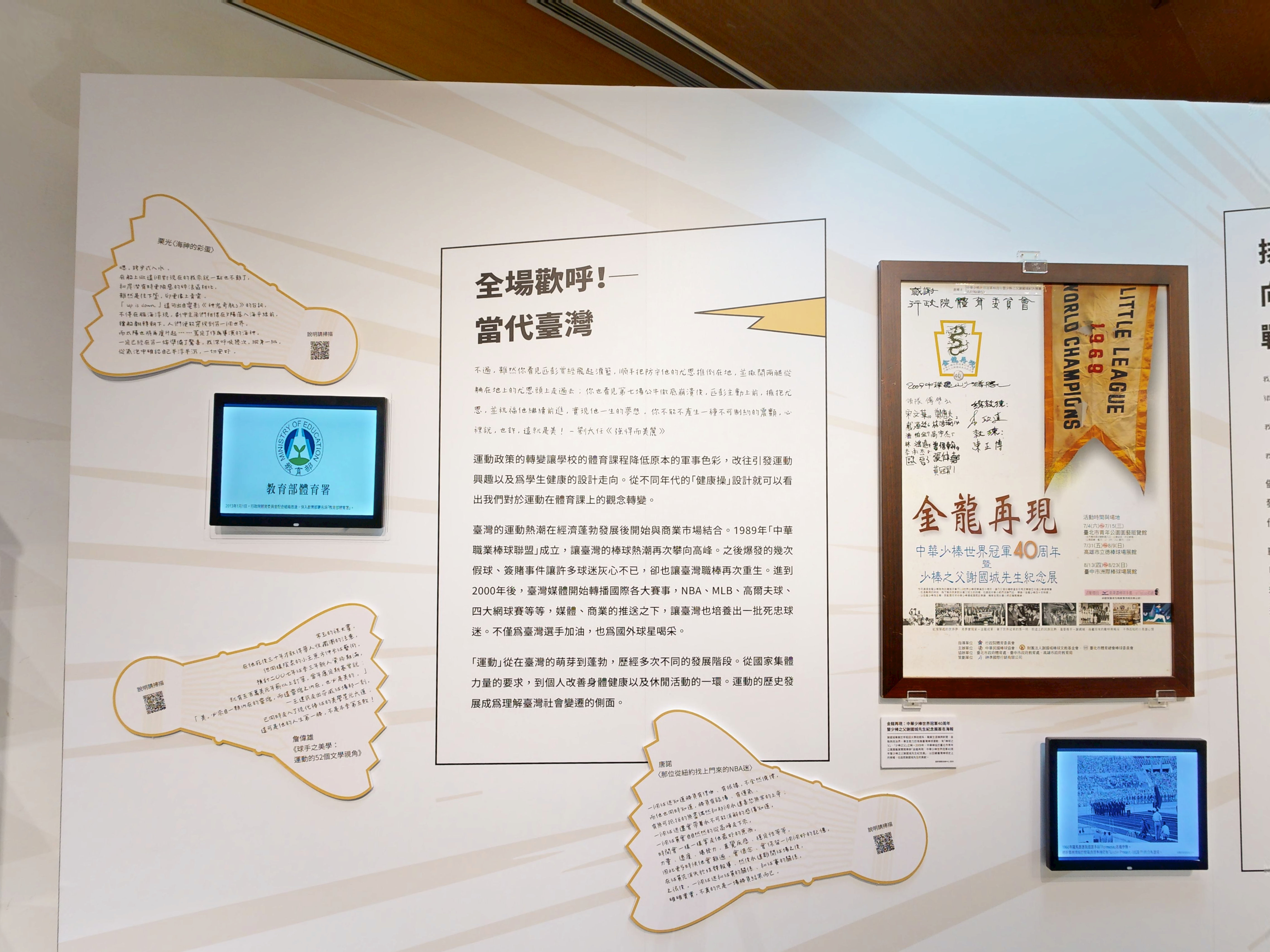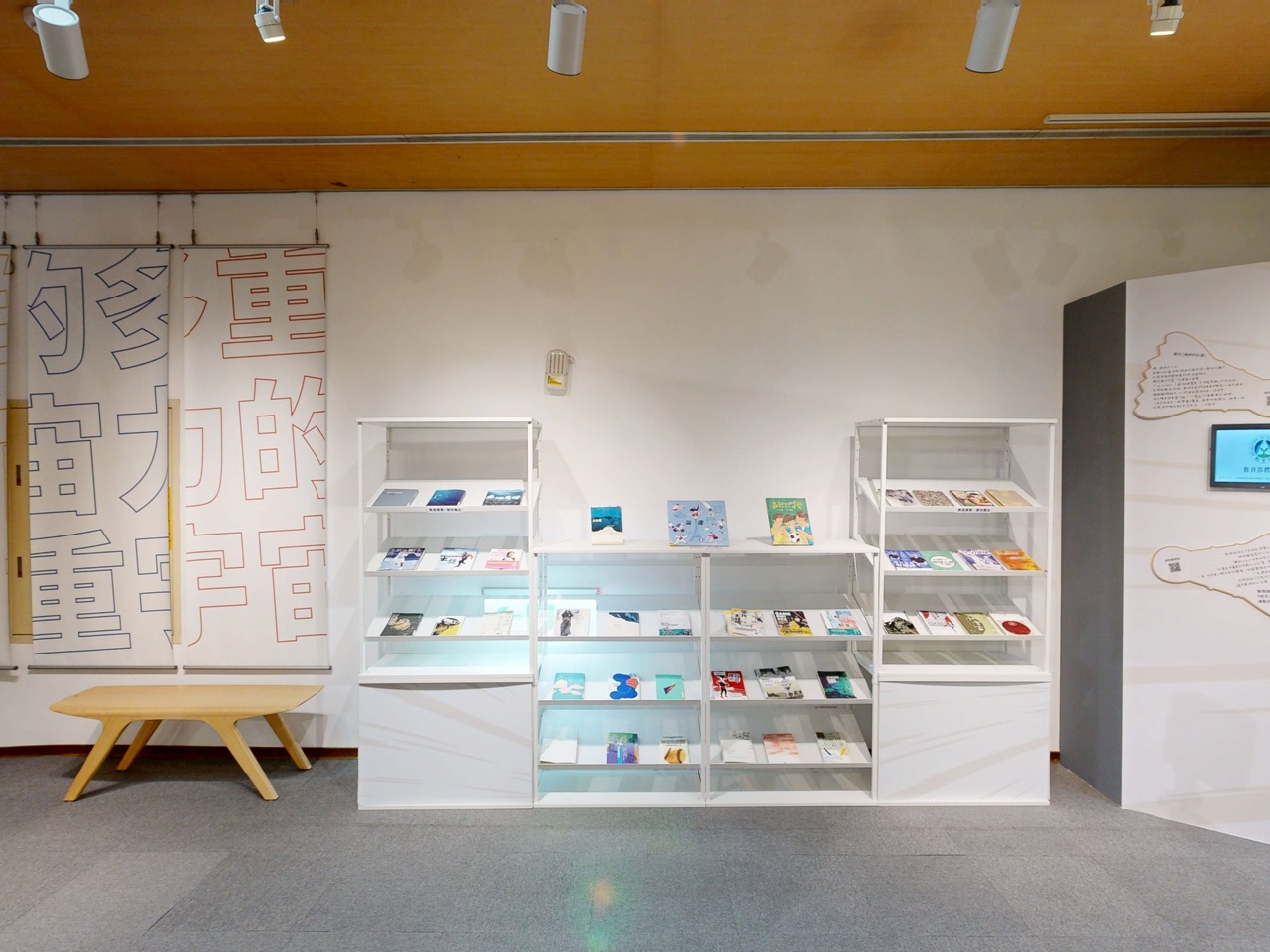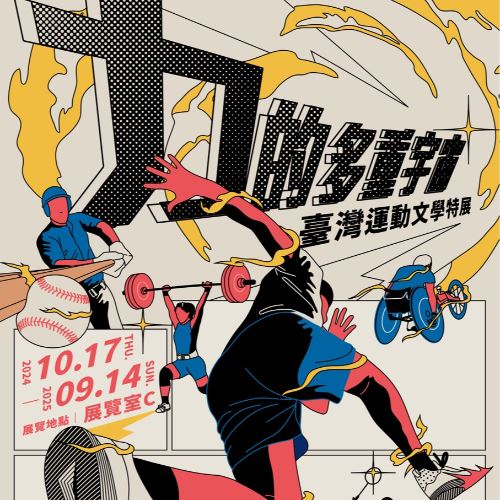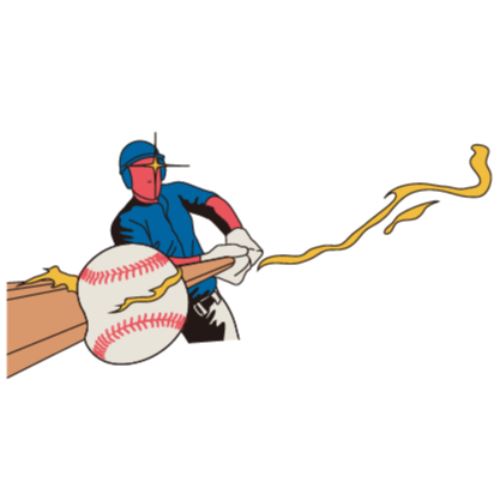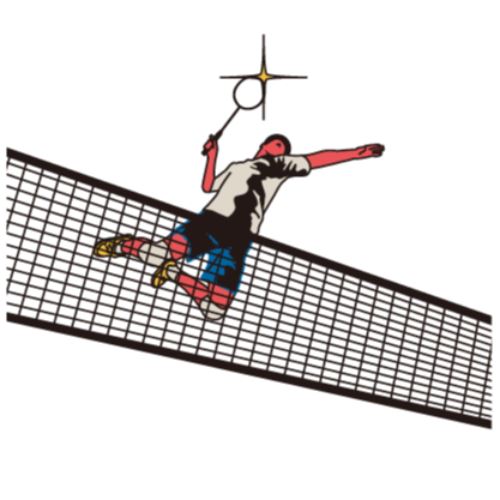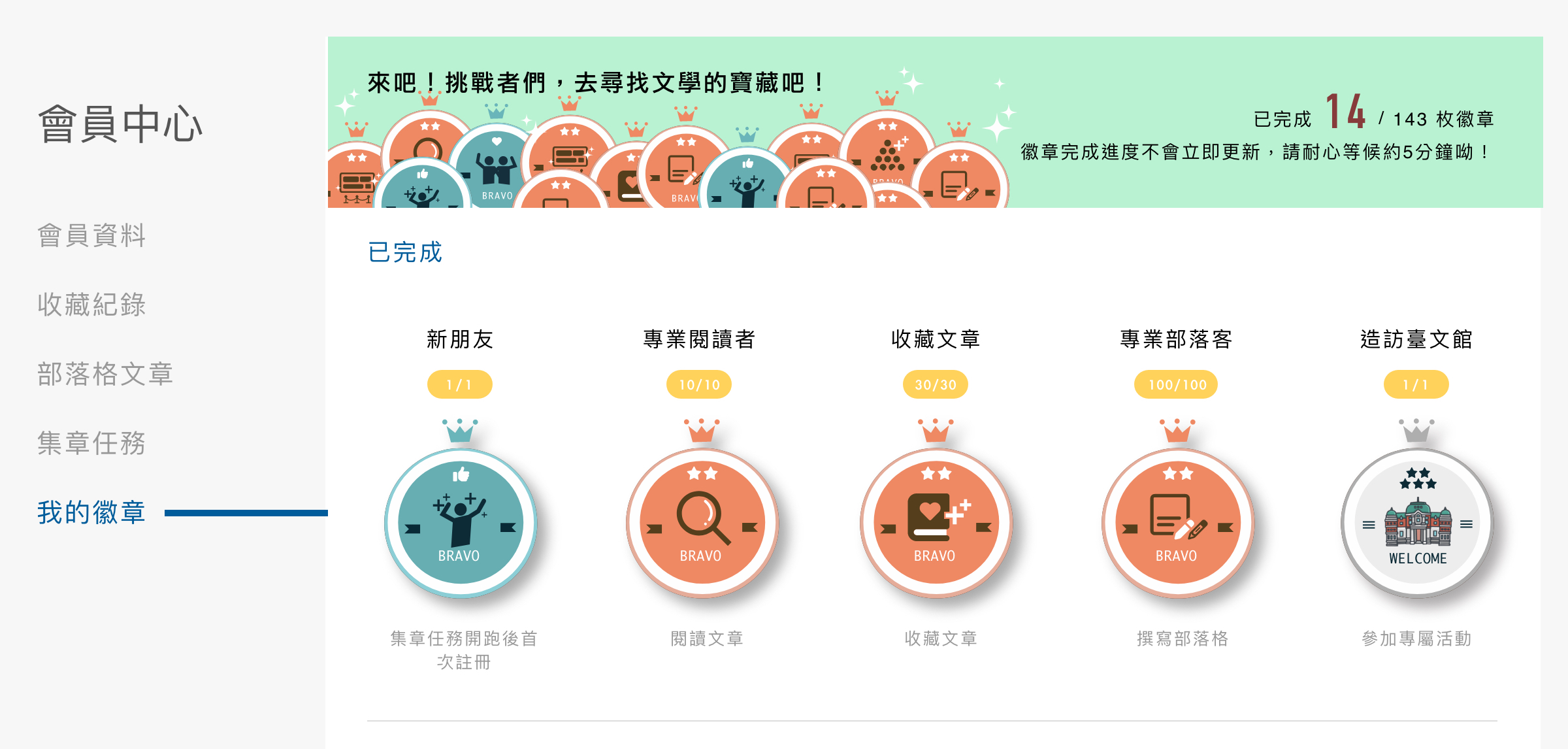The Origin of Strength:
The Rise of Sports and Exercise in Taiwan and its Link to Literature
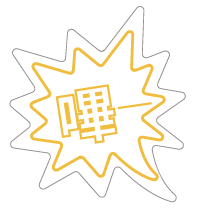
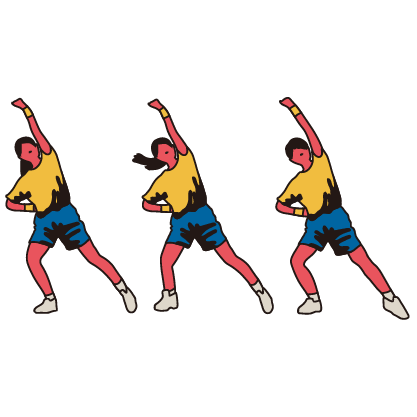
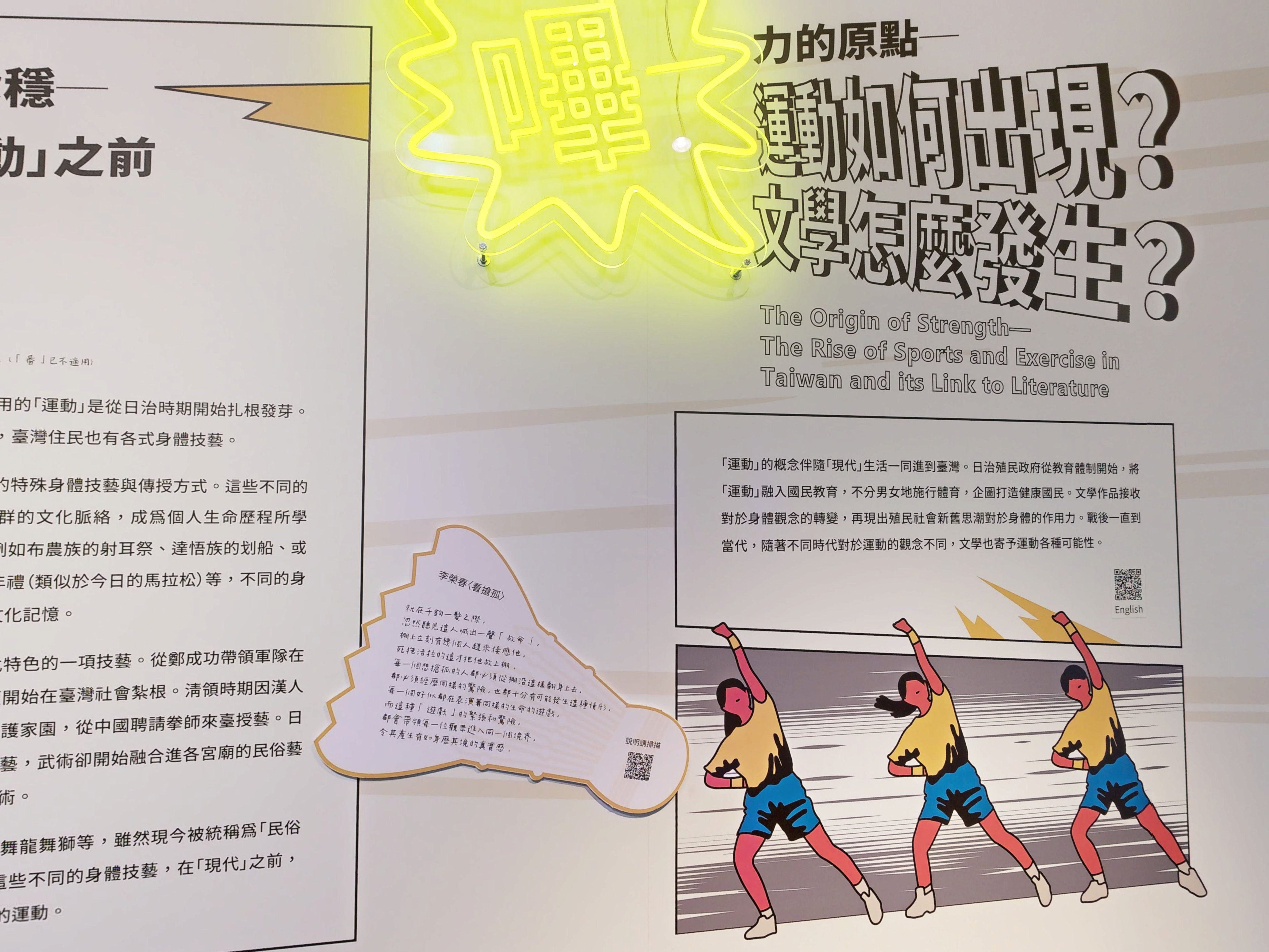
The concept of sports and exercise arrived in Taiwan alongside the concept of "modern" living. To cultivate good health among all citizens, regardless of gender, the Japanese colonial government incorporated sports and exercise into the national education system in the form of physical education. Literary works reflect how concepts surrounding the human body have evolved over time due to the influence of old and new ideologies stemming from colonial society. Over the generations, from the post-war era to contemporary times, the possibilities literature has ascribed to sports have changed alongside our perceptions of them.
6-1 Ready Stance: Before "Exercise"
Our modern concept of “exercise” took root during the Japanese colonial period. But the residents of this island already had their own physical skills and techniques long before the Japanese arrived in Taiwan.
Each Indigenous group had its own unique physical skills and ways of passing them down. These physical activities are woven into each group’s cultural context and become skills that individuals learn and carry through their life journeys. Examples include the Bunun Malahtangia, Tao canoeing, and the Pazeh Maazazuah coming-of-age ceremony, which is a bit like a modern marathon. Together, these skills form an important part of each group’s cultural memory. Martial arts, on the other hand, reflect Han Chinese cultural influence.
Martial arts began taking root in Taiwan when Koxinga (Cheng Cheng-kung) led his army to settle here. During the Qing period, with many Han immigrants settling the island, villages hired martial arts masters from China to teach and protect their communities. Under Japanese rule, this teaching was banned, yet martial arts merged into temple folk performances, becoming a unique form of performance art. Other activities, like dragon boat racing, the tshiúnn-koo pole climbing contest, and dragon and lion dances, are today grouped under “folk sports,” but deeper investigation into
these activities shows that Taiwan already had a rich and diverse sporting tradition long before the modern era.
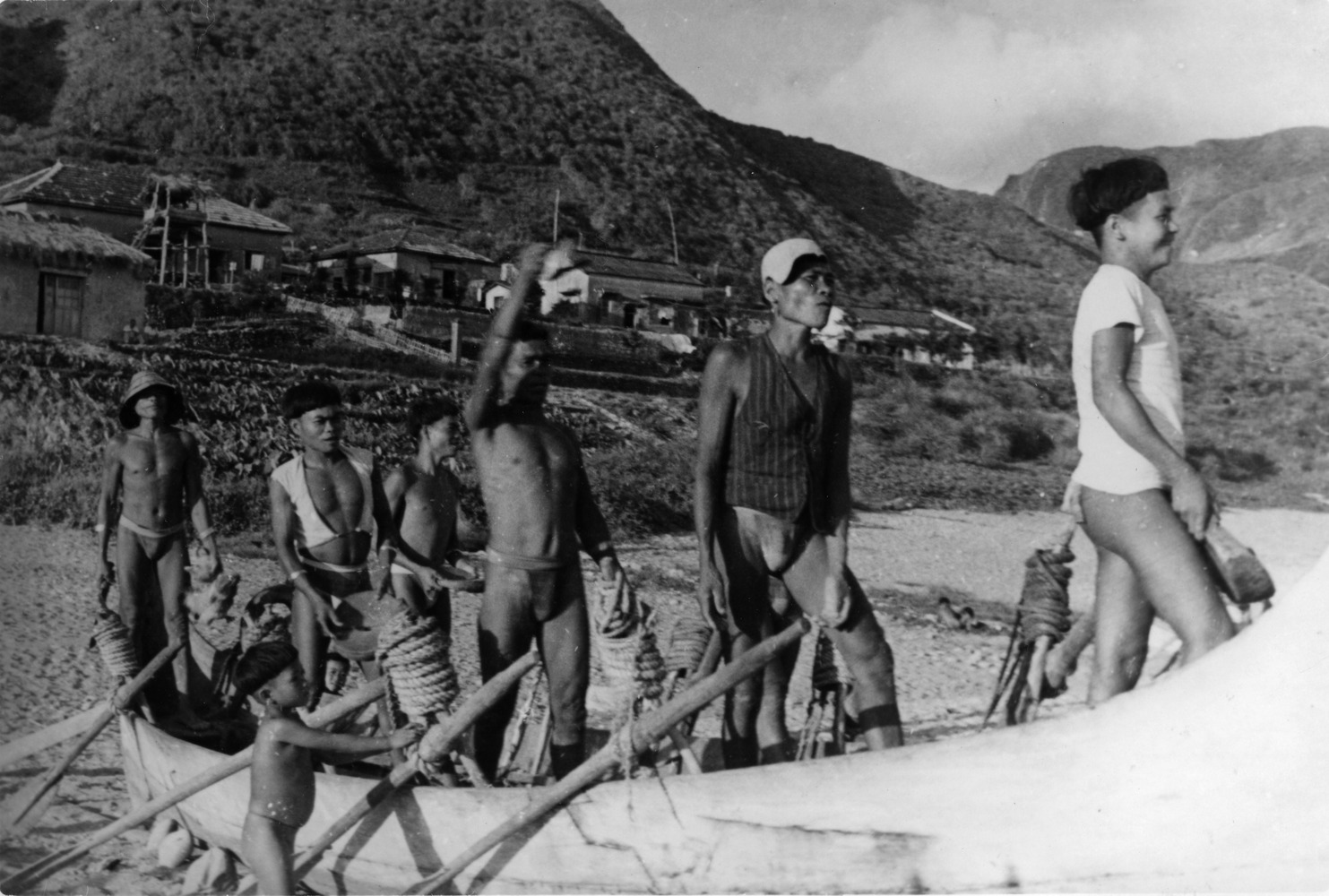
Flying Fish Festival
The Flying Fish Festival is a traditional ritual of the Tao people of Lanyu (Orchid Island),
Taitung County. Held annually from February/March to September, it includes ceremonies such as the Invitation to Fish,
the First Catch of the Big Boat, the First Catch of the Small Boat, and the Last Flying Fish Feast.
(Courtesy of the Museum of the Institute of Ethnology, Academia Sinica / Replica published in Digital Museum of IOE)
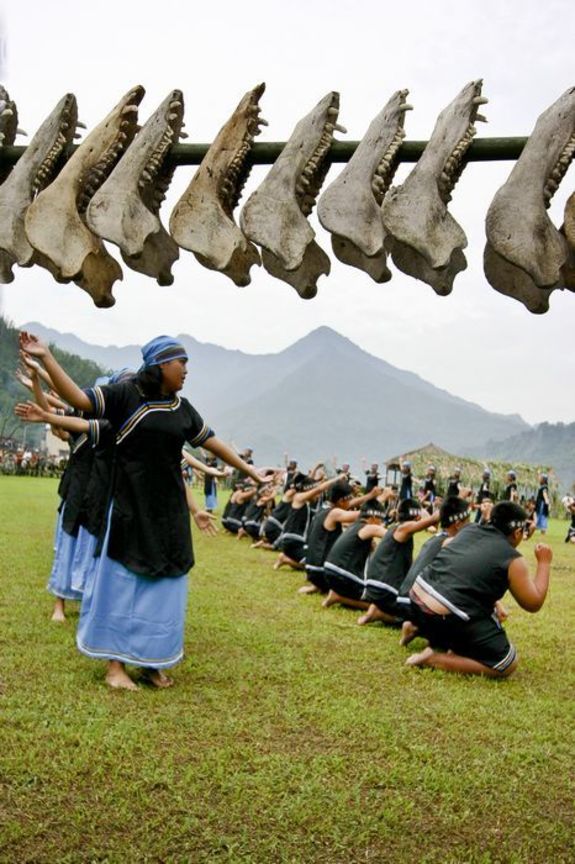
Malahtangia
Malahtangia is the most important ceremony of the Bunun people. Also known as the Ear Piercing Festival or Deer Ear Festival,
it is held between April and May. It serves both as an initiation rite for boys entering adulthood and as a prayer for a successful hunting season.
(Photograph by Chen Wei-sen / Replica published on the Academia Sinica Center for Digital Cultures' "Cyber Island")
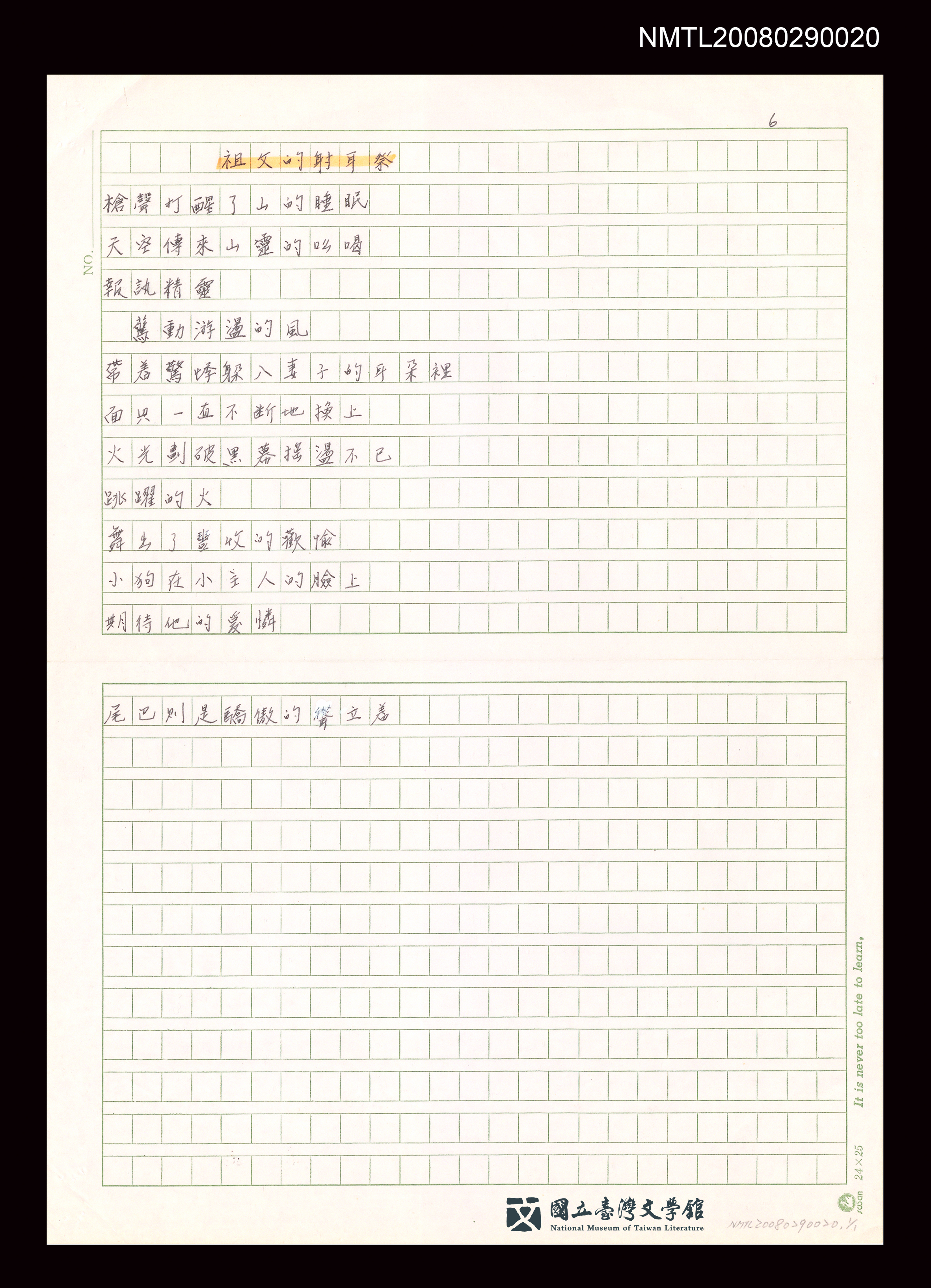
Manuscript of Bukun Ismahasan Islituan's "Grandpa's Malahtangia"
Bukun Ismahasan Islituan, a member of the Bunun people from Namasia District,
Kaohsiung who also goes by the Han name Lin Sheng-hsien, describes the Bunun ear-shooting festival, Malahtangia.
The poem portrays the pre-ceremony hunting and celebratory gunfire, as well as the lively atmosphere during the festival.
The close of the poem expresses pride in Bunun cultural traditions.
(Collection of the National Museum of Taiwan Literature / Donated by Bukun Ismahasan Islituan / Accession no. NMTL20080290020)
6-2 The Whistle Blows!
The Concept of Sports in the Japanese Colonial Era
The modern conception of exercise developed alongside European states of the 18th century. Germany was the first to introduce gymnastics into schools, in order to meet the military needs of the modern state and strengthen its soldiers. This was the precursor to today’s physical education classes. Combining the discoveries in physiology, medicine, and anatomy, they designed a set of physical fitness gymnastics courses, which went on to become a model for the rest of the world.
Influenced by German military education, Japan incorporated "gymnastics" and "competitive games" into Taiwan’s school curriculum. "Gymnastics" was derived from military-style drills, and included exercises and posture correction for marching. “Competitive games” included running and ball sports.
The general public's understanding of “sports” came mostly from these physical education classes in modern schools. Taiwan Daily News recorded that parents were worried that the "competitive games" would distract their children from their studies, and gymnastics classes would lead to boys being conscripted into the military, so they refused to send their children to school. Taiwan Minpao, on the other hand, published multiple editorials encouraging Taiwanese to exercise for their health, reflecting the view of local intellectuals that sports were an essential part of modernity.
The Japanese government also built sports infrastructure for wider society, including parks, sports fields, riding schools, and seaside resorts. Starting in the 1910s, youth baseball teams began to appear in schools across Taiwan, and in the 1930s, the Kano baseball team became a standout example by reaching Japan’s Koshien Stadium. Specialized sports magazines emerged, covering mountaineering, equestrianism, and dance. Although they were mostly edited by Japanese, they still reflected the vibrancy of sports culture at the time.
During the Japanese colonial period, classical Chinese poets described the novel experiences brought by modern sports, but writers of the New Literature movement rarely delved deeply into the details of athletic practice, and when sports were mentioned, it was often only in the background. The popular novel Adorable Enemy, for example, includes
scenes of mountain climbing and seaside bathing.
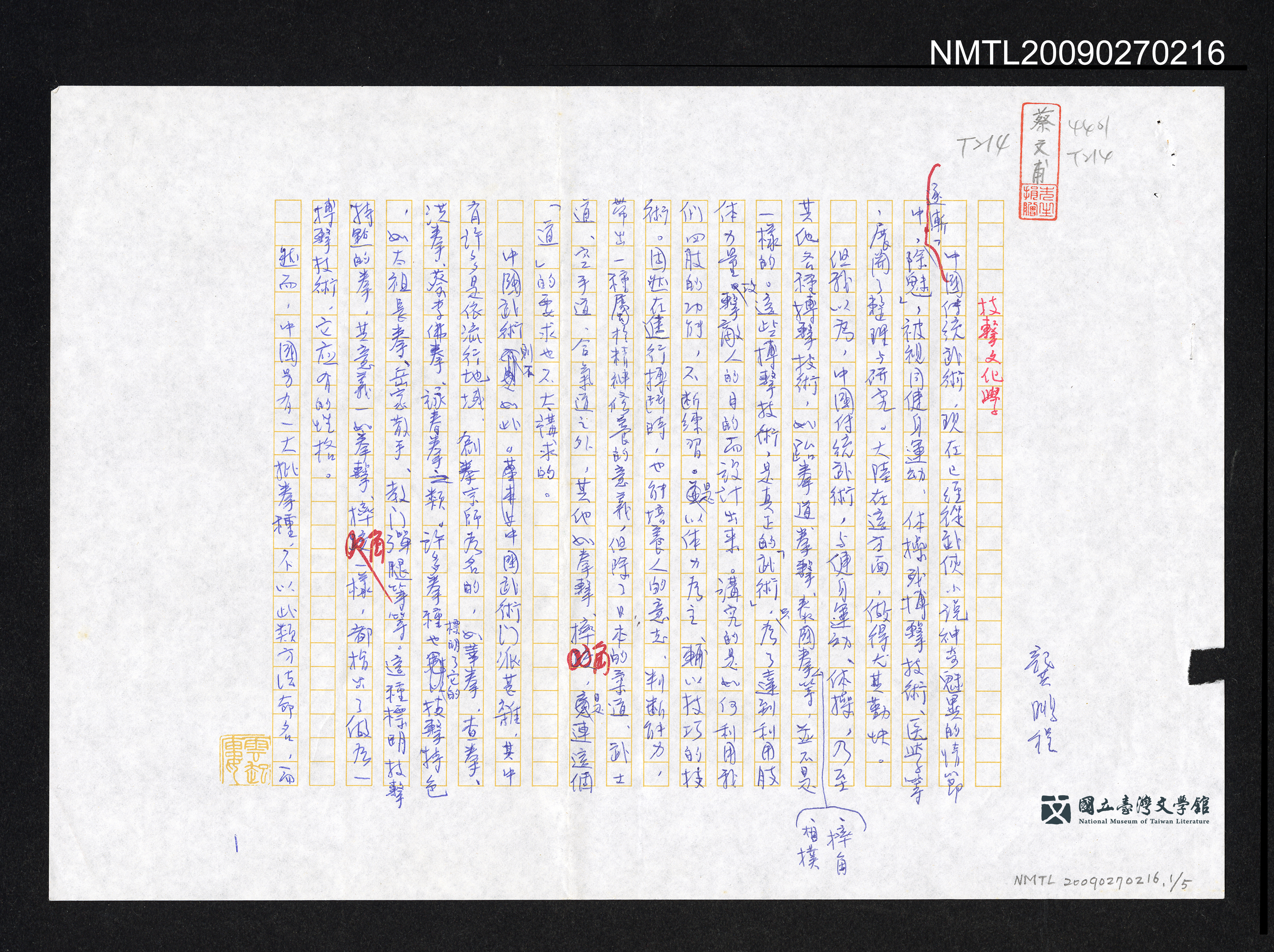
Manuscript of Kung Peng-cheng's "Martial Arts Culture Studies"
The manuscript "Martial Arts Culture Studies" is five pages long. Author Kung Peng-cheng argues that Chinese martial arts,
like poetry and calligraphy, are based on "conceptual imagery" and embody the cultural connotation of the "Dao,"
distinguishing them from foreign combat techniques such as gymnastics, taekwondo, boxing, Muay Thai, wrestling, and sumo,
which are purely physical.
He emphasizes that the transmission of Chinese martial arts must be treated as cultural study
in order to achieve both skill and moral understanding.
(Collection of the National Museum of Taiwan Literature / Donated by Chiu Ko Publishing Co., Ltd / Tsai Wen-fu / Accession no. NMTL20090270216)
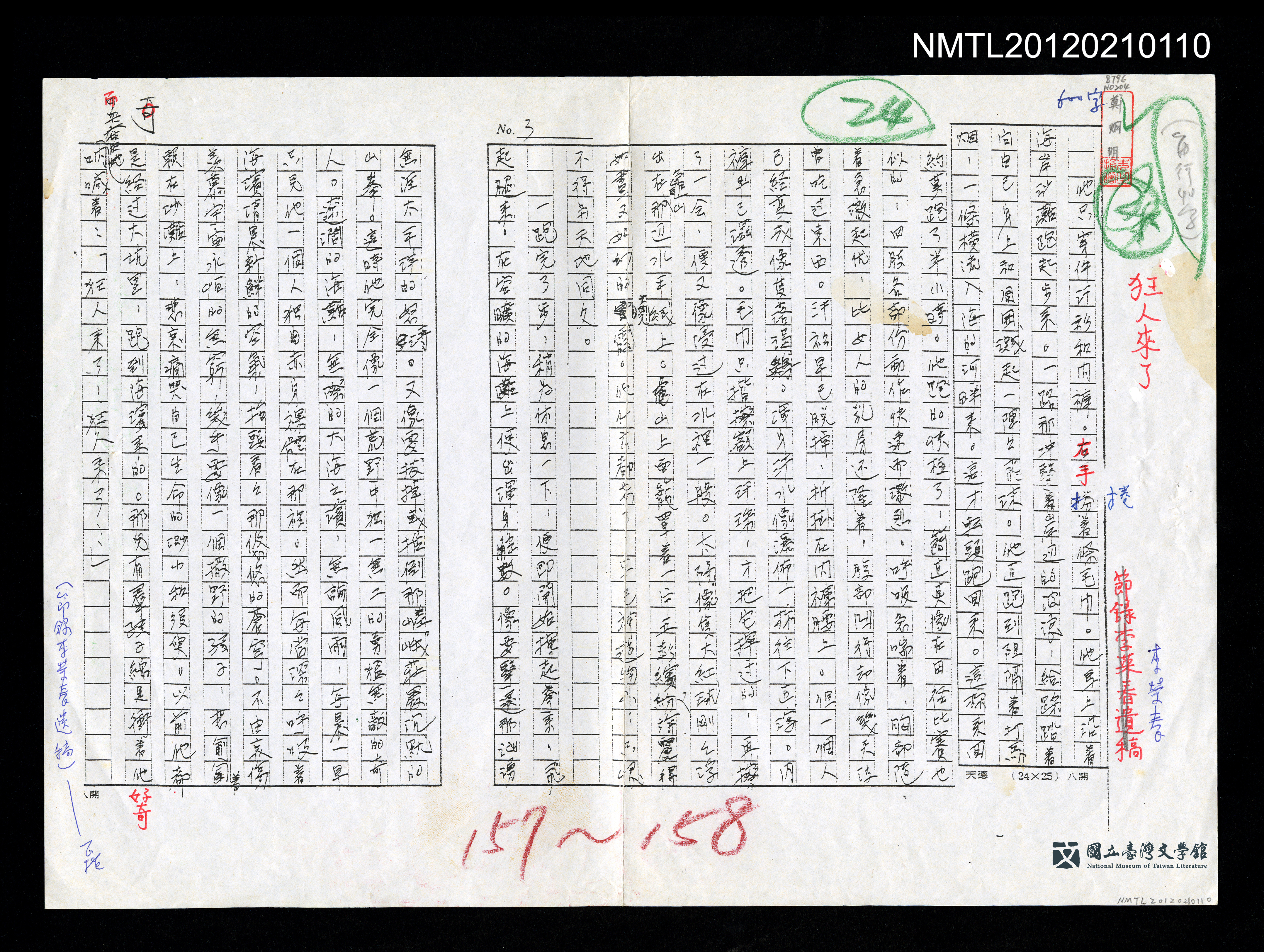
Manuscript of Li Jung-chun's "The Madman Is Here" (Photocopy)
Li Jung-chun depicts a man running back and forth along the seashore and practicing boxing,
carefully portraying the force and movement of his body and his awareness of life’s fleeting nature.
"The madman is here" is what the local children yell at him in response to his intense physical activity, unusual behavior,
and his disciplined routine which goes on, rain or shine.
(Collection of the National Museum of Taiwan Literature / Donated by Literary Taiwan Magazine Publisher / Accession no. NMTL20120210110)
6-3 Follow Your Leader, Turn Right! Postwar Kuomintang Administration
Despite initial obstacles, the introduction of modern sports during the Japanese colonial period left a lasting impact on Taiwan, with baseball becoming one of Taiwan's most beloved athletic pastimes. After WWII, writers Lung Ying-tsung and Chang Wo-chun, working at Taiwan Cooperative Bank, put their passion for the sport into supporting the bank’s baseball team.
When the Kuomintang government came to Taiwan, they also shaped sports through education. However, due to the war footing of the government and later policies to "fight Communism and retake the mainland," physical education carried a stronger military flavor. Physical training was reorganized to focus more on army-style drills, and in his speeches, Chiang Kai-shek often stressed the link between the physical strength of individuals and the strength of the nation, giving youth groups a patriotic mission in sports.
In the 1960s and 1970s, with the Republic of China facing setbacks in international diplomacy, the outstanding performances of Taiwan’s youth baseball teams on the world stage offered a sense of pride and relief from political frustrations. This success reignited a baseball craze and brought a shift in sports policies. Schools gradually moved physical education away from military drills and towards professional athletic training, paving the way for systematic cultivation of athletic talent.
Literary writers of the 1970s began to focus on baseball in their novels. As exercise gradually became part of daily life, sports literature began to appear. Readers could experience athletic action through words, blending the aesthetics
of literature and sport.
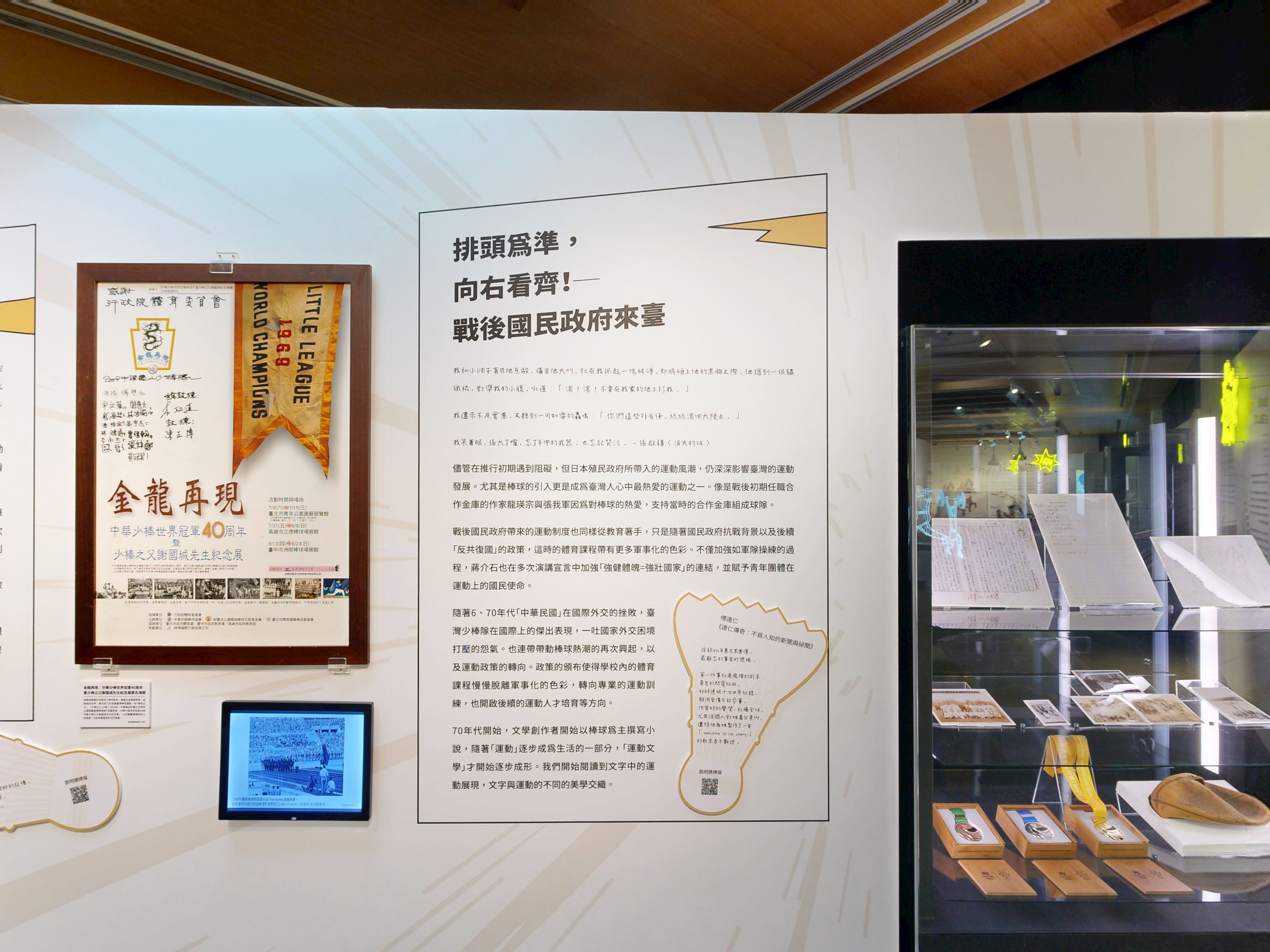
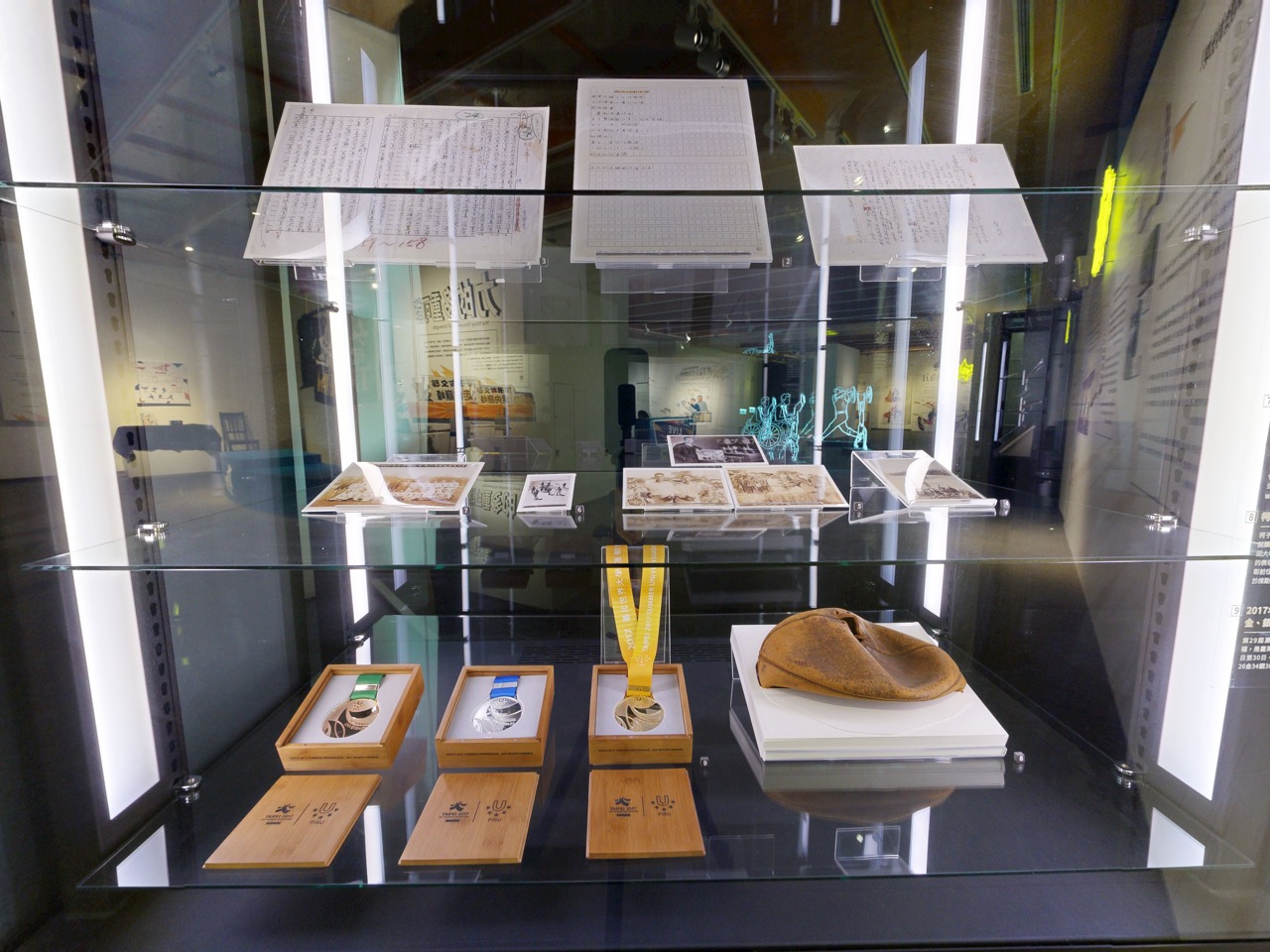
Photo of Liu Chin-mu, Taiwanese Soft Tennis Champion of the 1930s
Liu Chin-mu was a renowned soft tennis player in Taiwan during the Japanese colonial period.
His exceptional skills and achievements earned him the posthumous title of "the Saint of Tennis."
As a youth, Liu was introduced to tennis by the great scholar Lin Tien-chueh.
Gifted and driven, he went on to win the singles championship at the All-Taiwan Soft Tennis Tournament four times,
the doubles championship five times, and was selected eight times to represent Taiwan in competitions in Japan,
including the Meiji Jingu Sports Festival.
(Replica. Courtesy of the National Sports Training Center)
Gold, Silver, and Bronze Medals from the 2017 Summer World University Games
Taipei hosted the 29th Summer World University Games from August 19 to 30, 2017, marking Taiwan’s first time hosting the Universiade.
Taiwan delivered an outstanding performance, winning 26 gold, 34 silver, and 30 bronze medals.
(Courtesy of the National Sports Training Center)
Ko Tzu-chang's Commemorative Ball
Ko Tzu-chang, a Taiwanese rugby player, first encountered the sport while studying at Doshisha Junior High School in Japan in the mid-1920s.
Later, while at Waseda University, he was selected as captain of Japan’s national rugby team, earning media praise as an "athletic prodigy."
After graduating, Ko worked in Dalian with the South Manchuria Railway Company and played for a professional team.
After the war, he returned to Taiwan and dedicated himself to promoting rugby.
(Courtesy of the National Sports Training Center)
6-4 Cheers All Around! Contemporary Taiwan
Changes in sports policy also transformed physical education in schools, reducing its military emphasis and focusing more on fostering interest in sports and promoting student health. The design of fitness exercises across different decades reflects these evolving ideas about sports education.
As Taiwan’s economy boomed, the sports craze became increasingly intertwined with commercial markets. In 1989, the Chinese Professional Baseball League was established, sending baseball enthusiasm in Taiwan to new heights. Although match-fixing and betting scandals later disheartened many fans, professional baseball in Taiwan was revitalized. By the 2000s, Taiwanese media was broadcasting major international sports events like the NBA, MLB, golf, the four Grand Slam tennis tournaments, and more. Media and commercial promotion cultivated a dedicated fan base, cheering not only for Taiwanese athletes but also for international stars.
From its early beginnings to widespread popularity, sports in Taiwan have continually evolved, shaped first by national fitness requirements, and later by interest in personal health and leisure pursuits. The history of sports in Taiwan
thus offers a unique lens for understanding the social transformations of the island.
